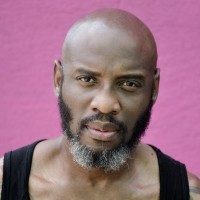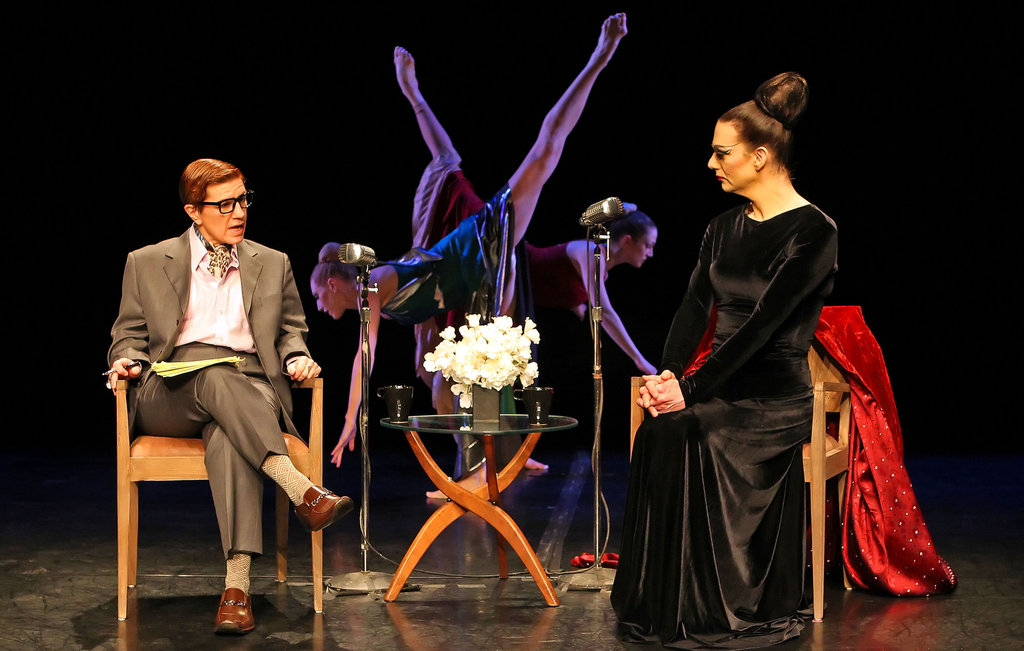Try googling “favorite Christmas movies” and you may be bombarded with a plethora of lists.
Town and Country magazine caught my attention, and I perused its inventory which revealed titles like A Christmas Story (1983), National Lampoon’s Christmas Vacation (1989), Elf (2003), Miracle on 34th Street (1947, 1994), It’s a Wonderful Life (1946), and Home Alone (1990). These were Christmas movies I grew up watching, familiar for their snowy scenes and ho-ho-ho hollering Santas. They offered storylines seasoned with sadness, but that melancholy eventually morphed into merriment. Considered some of “The Best Classic Christmas Movies of All Times” these stories of life, love, and laughter were told through the lens of predominantly white casts, and I watched them, forming attachments to their narratives although they offered me no cultural connections to my Jamaican Blackness.
Back then, I can’t say I cared enough about the social imperatives of Black representation in media and performance. But years later, after witnessing which produced narratives were prioritized in TV and film, I became discerning about the cultural gaps that needed to be filled.
I’m also not sure I can pin-point when I became intentional about documenting this consciousness, but peeking through my rear view mirror, I became accustomed to Christmases where societal ideals obliterated Black kitchens, Black thoughts, Black bodies, Black laughs, and Black love. I craved Black representation in stage performances and on film during the holidays.
But what does that look like?
It looks like The First Noel, a Christmas themed musical from the Classical Theatre of Harlem which I saw and reviewed at The Apollo in New York City in 2016. It also looks like Netflix’s Jingle Jangle: A Christmas Journey.
Created and directed by David E. Talbert, Jingle Jangle foregrounds a mostly Black cast, and tells the story of an eccentric toymaker, Jeronicus Jangle (played by Oscar winner Forest Whitaker) trying to rediscover joy and hope with the help of his granddaughter, Journey (played by 11-year old Madalen Mills). Set in a Dickensian toy store where gizmos and gadgets whistled and whirled, Jingle Jangle could easily be rendered sensory overload and was at times crowded with details, but what it lacked in minimalism it made up for in talent, mysticism, and a much needed response to the lacking visibility of Black performers in holiday stories.
Jingle Jangle radiates Blackness; Black families, Black aspirations, Black skepticism, Black community, and Black magic—not with the negativity that is so often attached to voodoo, but enchantment. Cobelton, the fictitious town where Jingle Jangle is set, is chocolate city and an explosion of Blackness in song and dance. Choreographer Ashley Walden creates grandiose production numbers, standing up to the likes of Mary Poppins (1964), The Wiz (1978), Chitty Chitty Bang Bang (1968), and The Greatest Showman (2017), which he also choreographed, ushering the story along with a cast of almost fifty singers and dancers. In an interview for variety.com, Talbert explains that he made Jingle Jangle “so his son could see a musical Christmas story with Black characters.” I would add that these Black characters are necessary as barometers for comparison as we continue to discourse about inclusion—a term we must admit is implicitly hierarchical as it suggests someone is being excluded and someone is doing the including. When Black characters are misrepresented, we are diminished; when we are underrepresented, we are invisibilized.
As they breathed life into the story, the cast of dancers leapt, flipped, and pirouetted outside Jangles and Things in the musical number “Make It Work Again.” In another interview, Talbert revealed that he wanted the number to “be gritty and of the soil.” With this in mind, Talbert insisted that Wallen include Black fraternity stepping, using their feet to make all the beats, “so the dance number would really feel like the ‘soil of the earth’ and a working-class anthem.” What struck me as peculiar was that Talbert procured the talent of a white choreographer to assist in supporting his need to illustrate representations of Black aesthetics. While the dancers successfully embodied the percussive, highly-energetic art form using footsteps, clapping, and song to produce complex syncopated rhythms, I question Talbert’s reason for not employing a Black choreographer, and I wonder how the movement vocabulary, composition, and staging would have been different. This was another reminder that Hollywood, dance companies, and Broadway shows continue to reap the benefits of Black aesthetics, without assuming the artistic and moral obligation of hiring and supporting Black presence and acknowledged influences on their creative teams.
My questioning of Talbert’s choices was reinforced after seeing Africa laced throughout the choreography with the Shaku Shaku; a dance style that got its origins on the streets of Nigeria but became popular globally and can be seen when professional athletes perform it in celebration at the World Cup. The cast also performed the Gwara Gwara, a South African dance in which the foot is lifted off the ground and the dancer leans away, slightly pulling their knee inward as their foot hits the ground. I found it challenging to resolve that Talbert would hire a white choreographer to teach and coach stepping, the Shaku Shaku, and the Gwara Gwara, all dance forms created out of Black histories and social familiarities, when an entire landscape of gifted and capable Black choreographers exist.
In some musicals, the singing overshadows the dance, but Jingle Jangle demonstrates a seamless coupling, revealing itself to be a magical tale radiating Black joy through song and dance. It may be easy for individuals to allude to the idea that this movie shifted beyond the boundaries of race, but it behooves us to acknowledge that because holiday movies starring Black people are so few, Jingle Jangle must not be overlooked in its message celebrating the creativity, dreams, and the calculations of possibilities, all in Black.
Jingle Jangle: A Christmas Journey, directed by David E. Talbert, Netflix.






